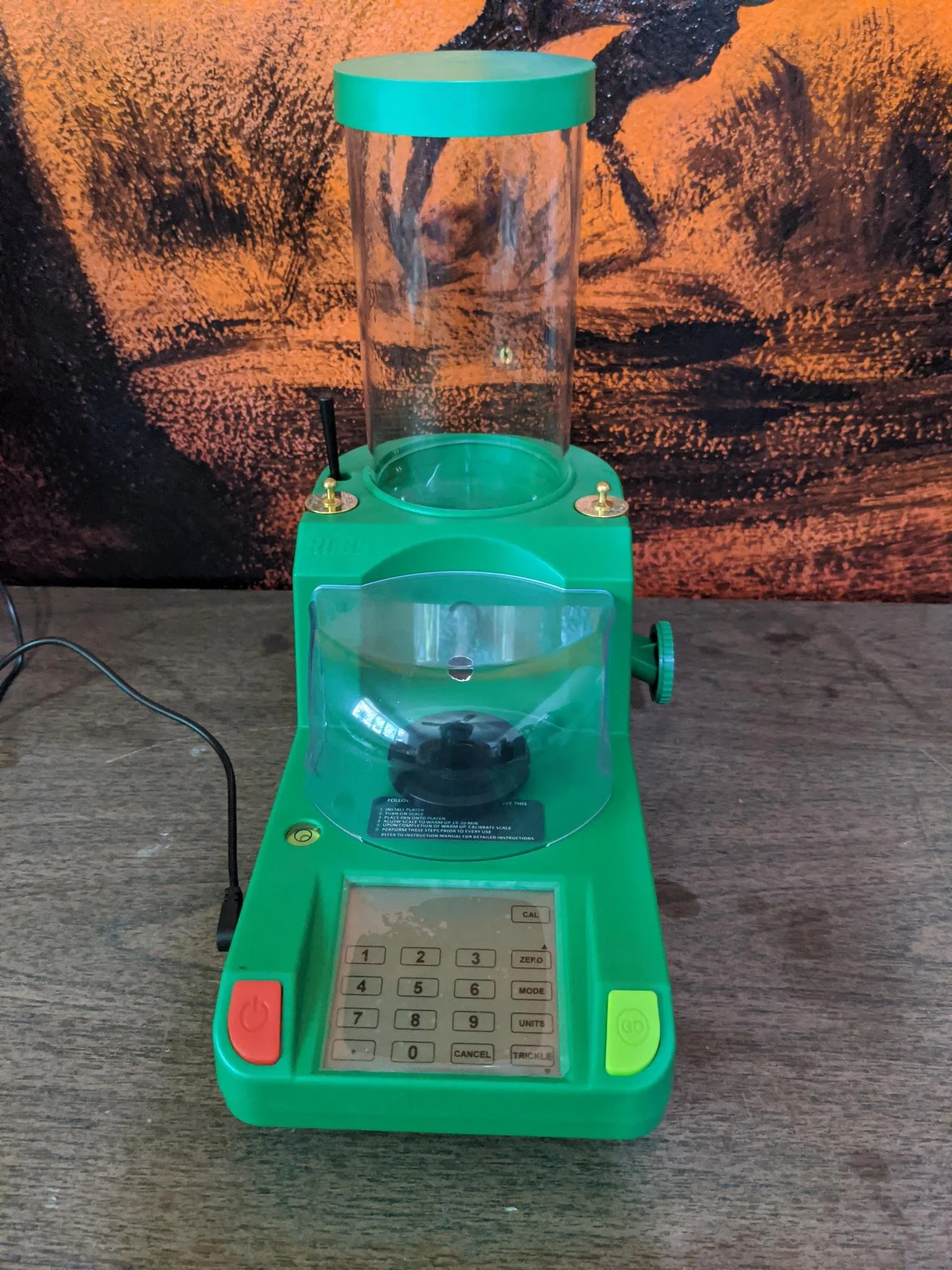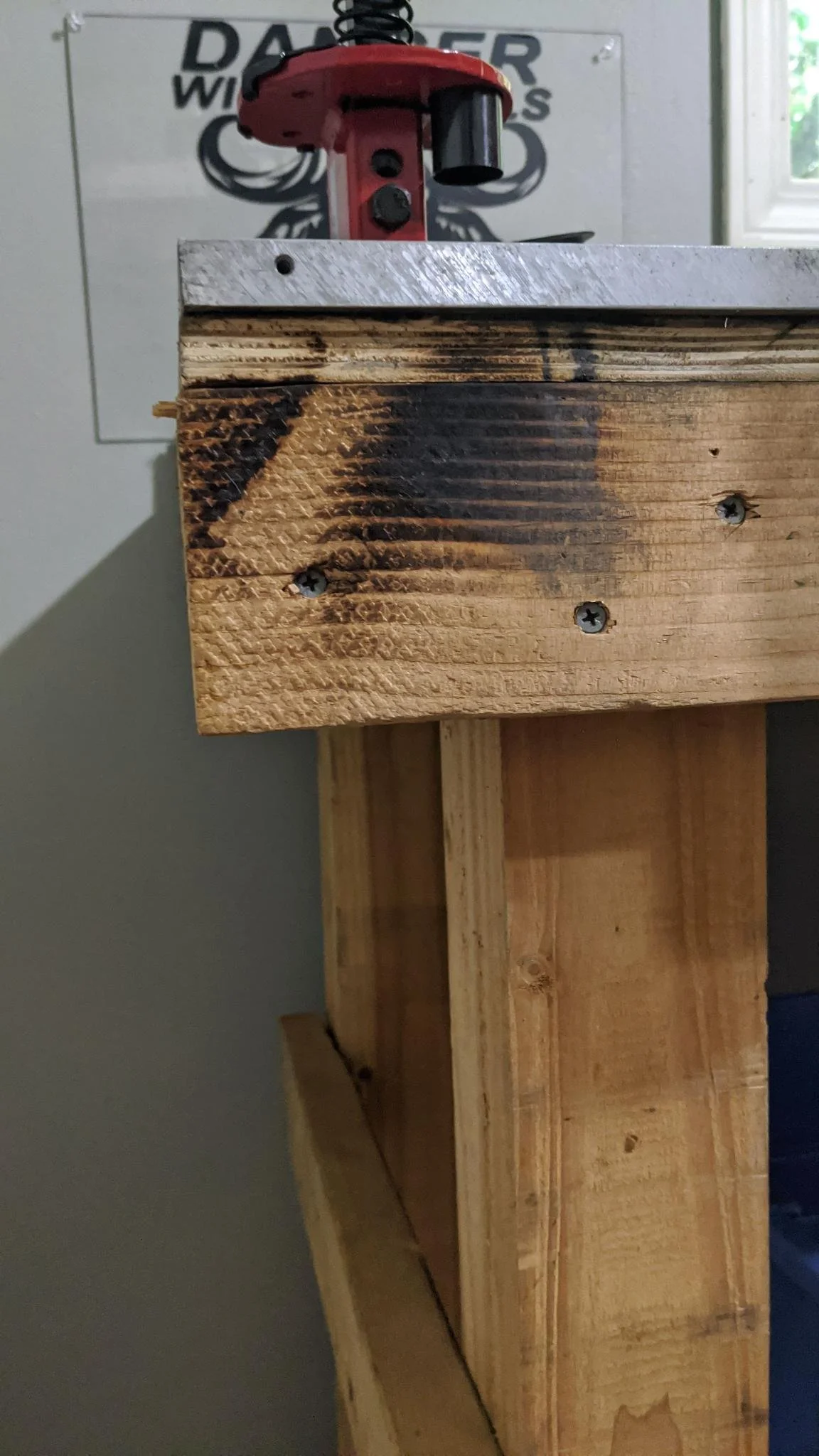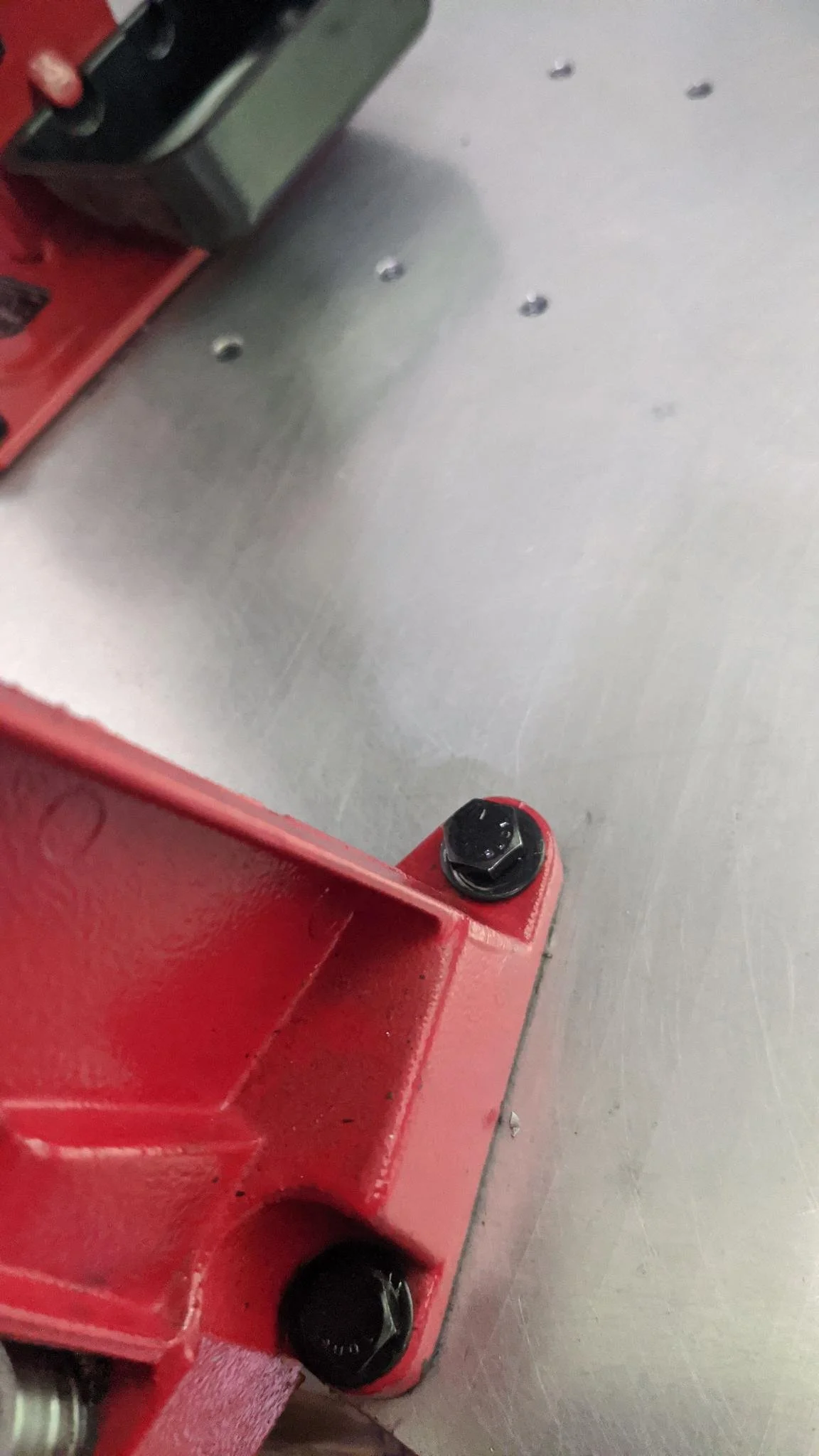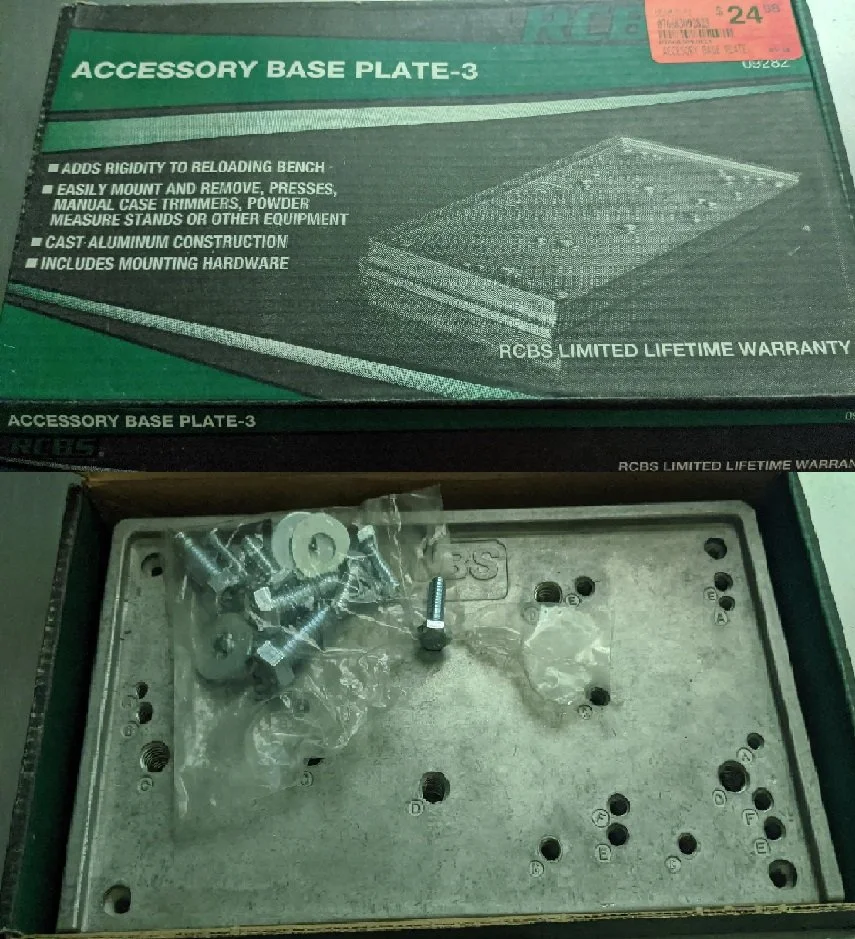Reloading Tips, Tricks, and Miscellaneous Advice
When starting out as a beginner, it may be tempting to get a package, such as the Lee Challenger kit found on Amazon. It’s a great kit, don’t get me wrong, but these kits often come with stuff that you either won’t need, or don’t like to use. What I intend to do is create a list of tips and tricks to help avoid unnecessary hassle.
An example, specifically with the Lee Challenger kit, is the beam scale. I used it for a very long time, but beam scales can be extremely touchy and finicky to use. This is not to say that you shouldn’t have one and become proficient with it, but if I were to go back and start over, the first thing I would get is some kind of electronic powder dispenser. Pictured here is my RCBS Chargemaster Link. It is an expensive investment up front, but I’d suggest it as one of the first things to get solely based on how much time it saves at the bench. It certainly doesn’t have to be RCBS brand, as long as the powder measure is of good quality.
What I did use extensively, were the powder measure scoops. The Challenger Kit comes with a set of measuring scoops that are fairly fast and handy to use. Included with the scoops is a sliding chart that tells you how much powder is in each scoop, and there are a lot of powders on the chart. Of course, it’s important to verify powder volume with your scale before using them to load cartridges.
Moving on from that, it is important, regardless of what sort of press you have, to install it on a bench or table that is very sturdy. The less movement you have with your bench, the better off you’ll be. My bench is built with 4x4 lumber for the legs, a top frame built with a 3/4” sheet of plywood and 2x4 lumber for the front and back and 4x4 for the sides. You may also note that the bench has a heavy sheet of aluminum plate bolted to the top of it; this is not needed at all, but I had it available and it offered a bit more structural rigidity. This can be as simple or complex as you like, but I like to not over-complicate things. My bench top is 2’Dx8’L, which means I can just rip a sheet of plywood down the center and end up with two pieces I can use for a bench top. You may also elect to use both sheets on one bench for extra strength. It’s your bench to do with as you like.
Of course, it doesn’t matter how sturdy your bench is if your press(s) aren’t secured properly. I used heavy duty fasteners to secure each of my presses to the bench top, and while it may be overkill, I also don’t find it very fun if my press separates from the table during reloading.
Some presses, like my RCBS Rockchucker, are designed to bolt to a plate that screws to the bench rather than directly to the bench top. I had mine set up with the RCBS plate for a long time until I got the thick aluminum that currently tops my bench.





